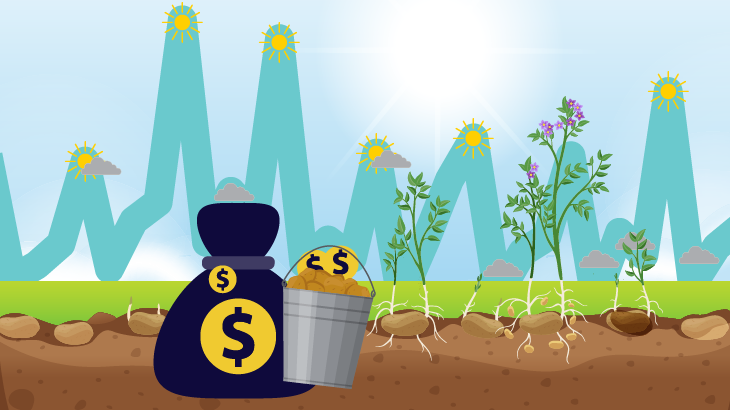Borradores de Economia
Number:
1307
Published:
Classification JEL:
G21, O13, O54, Q18, Q54
Keywords:
agriculture (11307), Credit (12191), Climate shocks (24970), developing countries (11620), Colombia (11178)

The most recent
Juliana Jaramillo-Echeverri, Adriana Sofía Rodríguez
Cesar Anzola-Bravo, Poveda-Olarte Paola
Gaurav Khanna, Carlos Alberto Medina-Durango, Anant Nyshadham, Daniel Ramos-Menchelli, Jorge Andrés Tamayo-Castaño, Audrey Tiew
Abstract
We study both the ex post and ex ante effects of climate risk on credit access for small producers of potato in Colombia. First, we explore the ex post effects that come after a drought, a climate shock that affects the production value of the crop. Second, we investigate the ex ante effects through the uncertainty surrounding future climate conditions, using rainfall variability as a proxy for that uncertainty. Finally, we analyze how these two effects interact to influence farmers’ use of credit as a coping mechanism for climate risk. We show that credit access (amount disbursed and number of borrowers) increases after adverse weather shocks. However, this is only true under conditions of low rainfall variability and for credits backed by a public-funded guarantee system. Moreover, we find that rainfall variability decreases disbursements of loans with private guarantees. These results suggest that risk exposure is a relevant constraint to credit access and highlight the potential effectiveness of public guarantees in mitigating these risks.
Estimates indicate a positive relationship between the duration of drought periods and the total credit granted and the number of beneficiaries at the municipal level. This relationship holds for credits whose debtors report high levels of assets or have the backing of a public guarantee fund.




 Alex Péreza
Alex Péreza